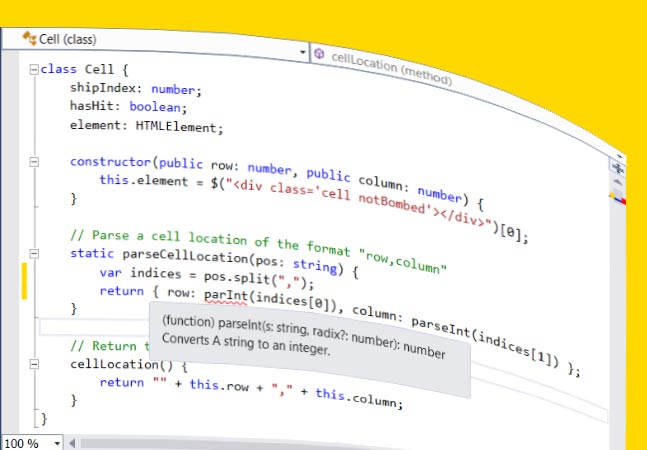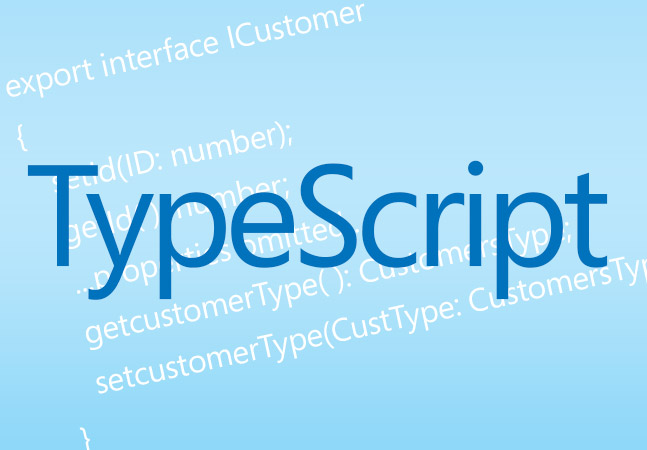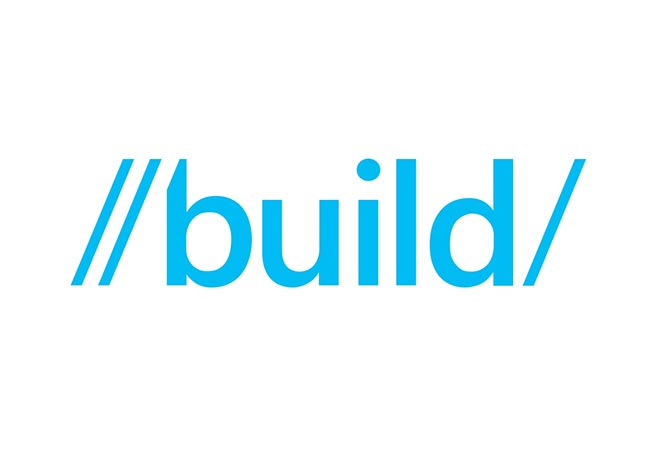
Fresh on the heels of SQL Server 2014 being released to manufacturing, the SQL Server Data Tools (SSDT) team yesterday announced support for the new version, along with numerous other enhancements.

Community involvement is an often overlooked -- but increasingly important -- part of what it means to be a developer.
- By Ondrej Balas
- 03/21/2014

SQLite is a tremendously useful database for C++ developers. In this follow-up, Kenny Kerr shows various techniques for improving performance even further.

Windows Azure HDInsight was also released, based on Hadoop 2.2.

Would going above and beyond when fixing terrible code have serious consequences?

A new Android SDK for Office 365 is also revealed.

Windows Azure is Microsoft's stack of cloud computing resources that lets you build Web apps and services based on the Windows, Microsoft .NET Framework, Visual Studio and SQL Server tools with which you're already familiar. Here's a collection of tools and information that will get you writing apps for Windows Azure today.
- By Terrence Dorsey
- 02/28/2014

TypeScript 1.0 is nearing reality.

Microsoft needs fixing. Here's a list of the first things the new CEO should consider taking on.
- By Andrew J. Brust
- 02/11/2014

Incorporate the free database library with these easy, step-by-step directions.

Microsoft announced updates to several Big Data-related services on its Azure cloud platform with preview of Azure HDInsight, Storm on HDInsight, Azure Machine Learning.

Microsoft dropped offering its own version of Hadoop for on-premises deployments.

Peter walks through a simple Web page that retrieves and updates data on the server to summarize his best practices for creating the client-side portion of an ASP.NET application.

Once you've delivered server-side objects to your client, you're going to need to manage them. Here's how to integrate a powerful client-side (and server-side) object manager into your application using TypeScript.

Next year's developer show is slated for April 2-4.